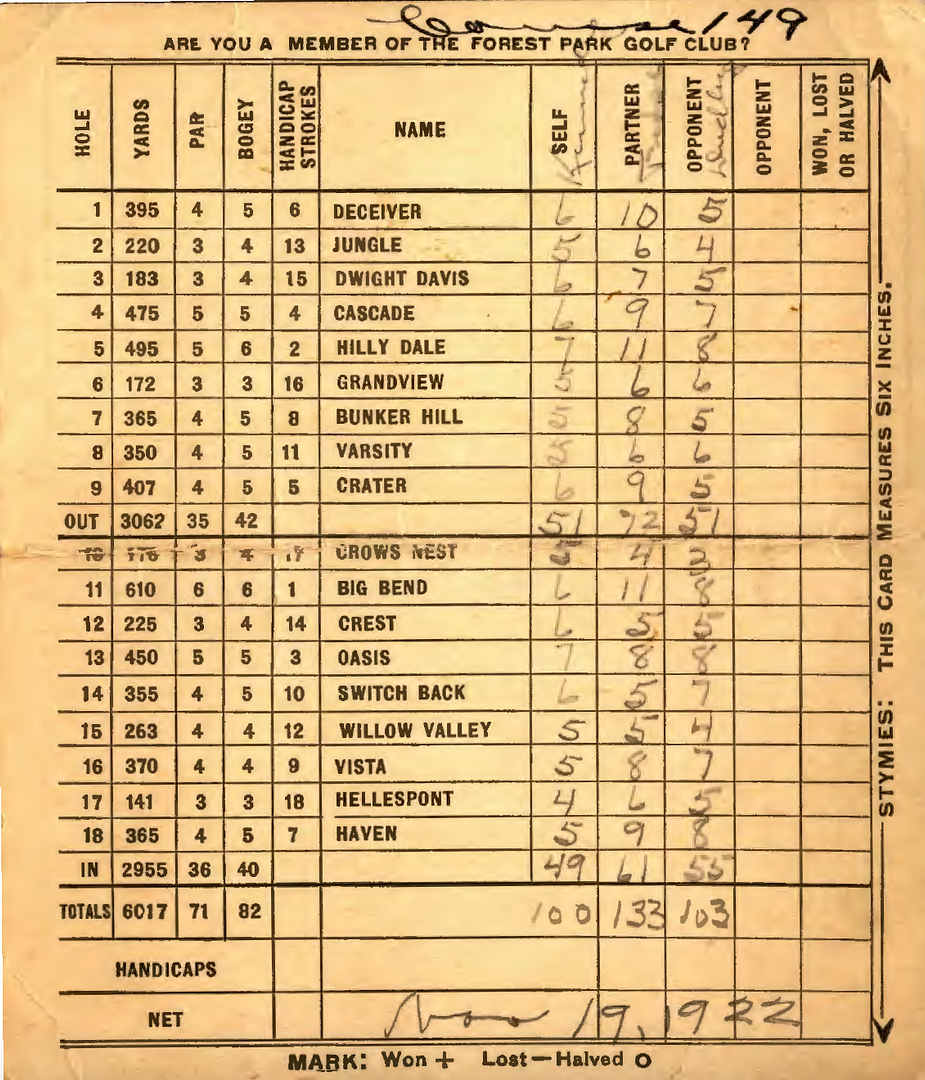1911-12Piping Rock Club (Locust Valley, NY)
Reports of plans for the golf course at Piping Rock appeared in early 1911. It is likely that the movers behind the club had already started talking to C. B. MacDonald prior to this date, as there was a great deal of overlap between the members here and the founders of NGLA. There isn't any contemporaneous discussion I've found of Raynor's work at Piping Rock, nor of his involvement with the changes to the course made in 1914/15 with which he was most likely involved.
May 5, 1911 New York Times -
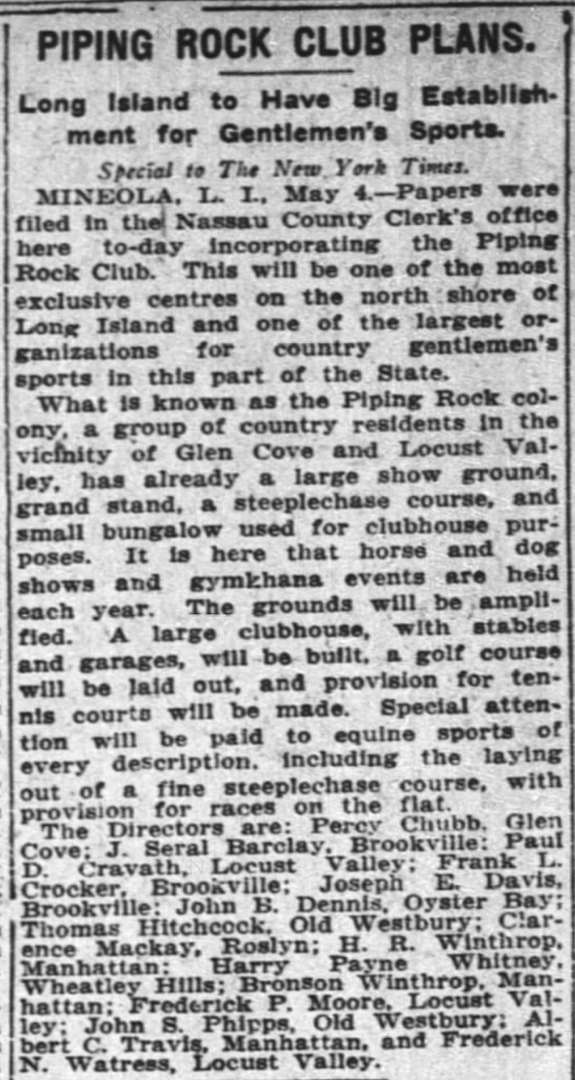
Oct. 9, 1911 New York Times -
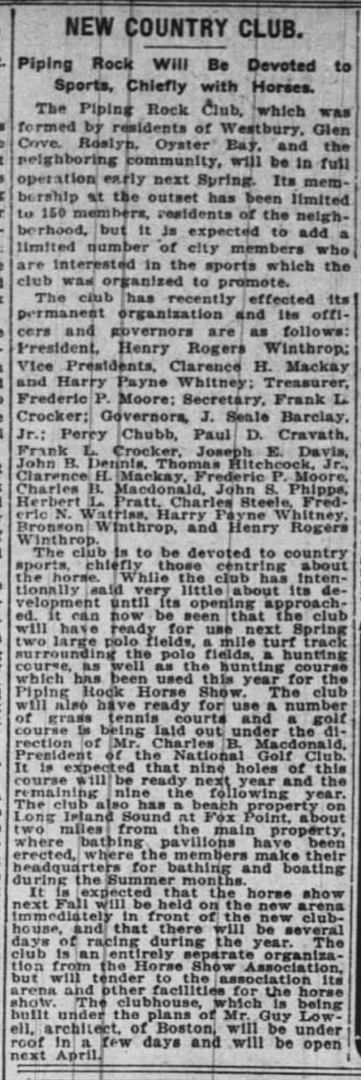
Nov. 1913 Golf Magazine -
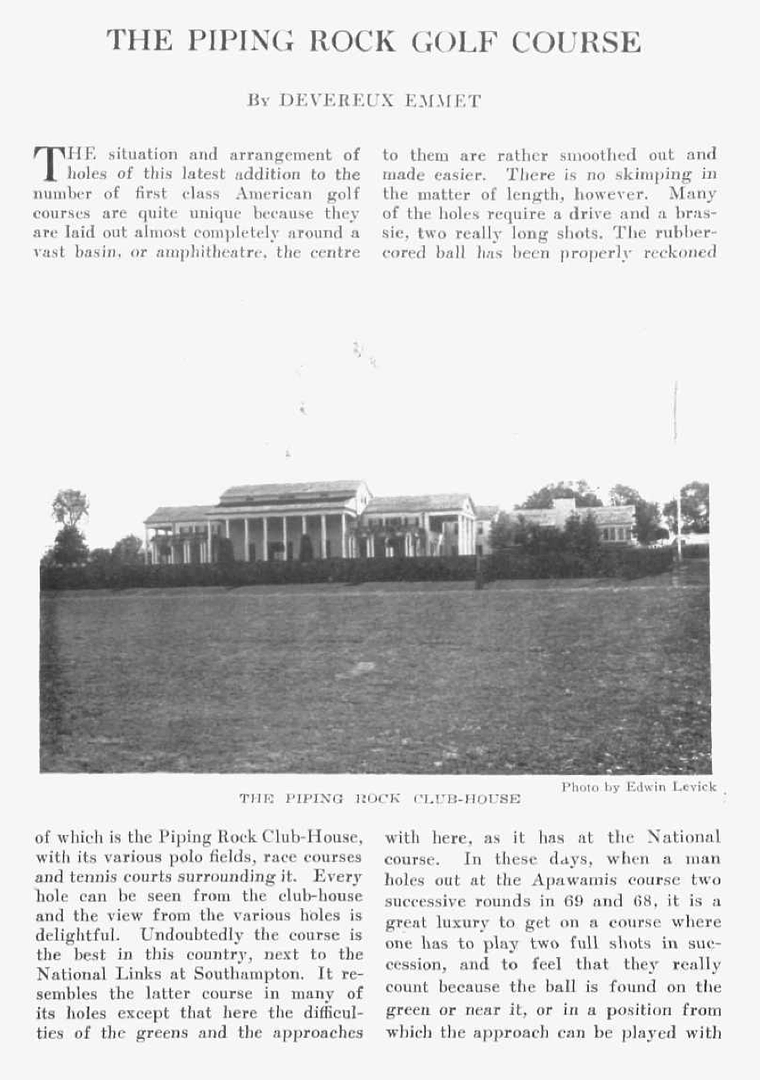

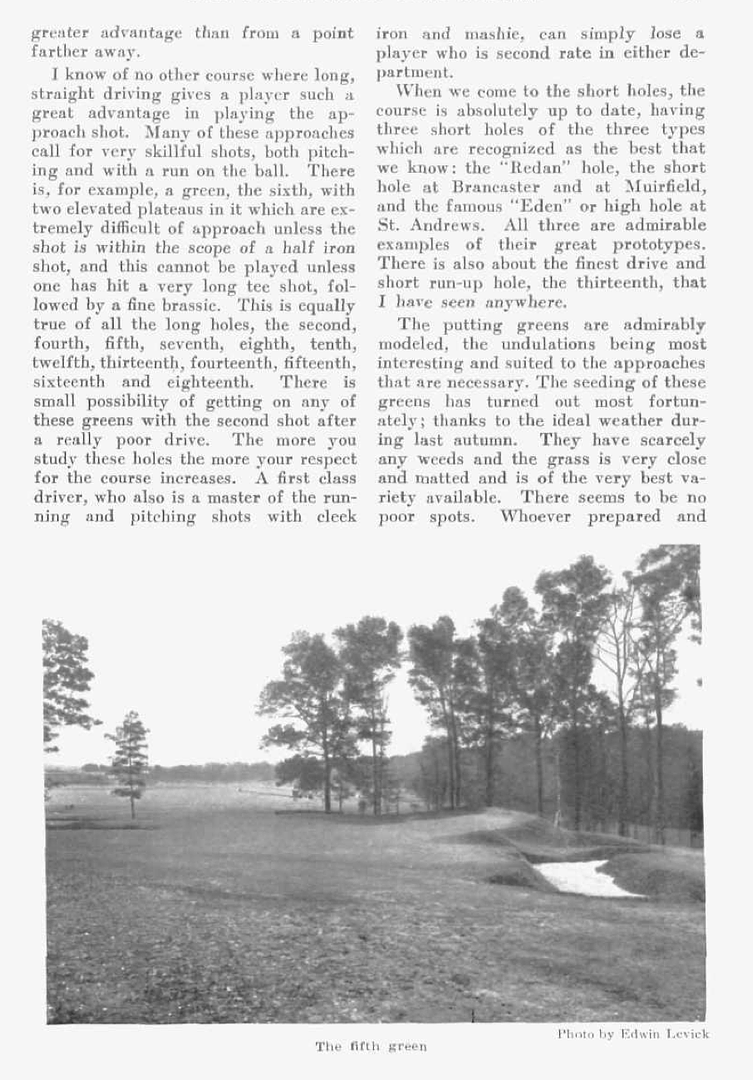
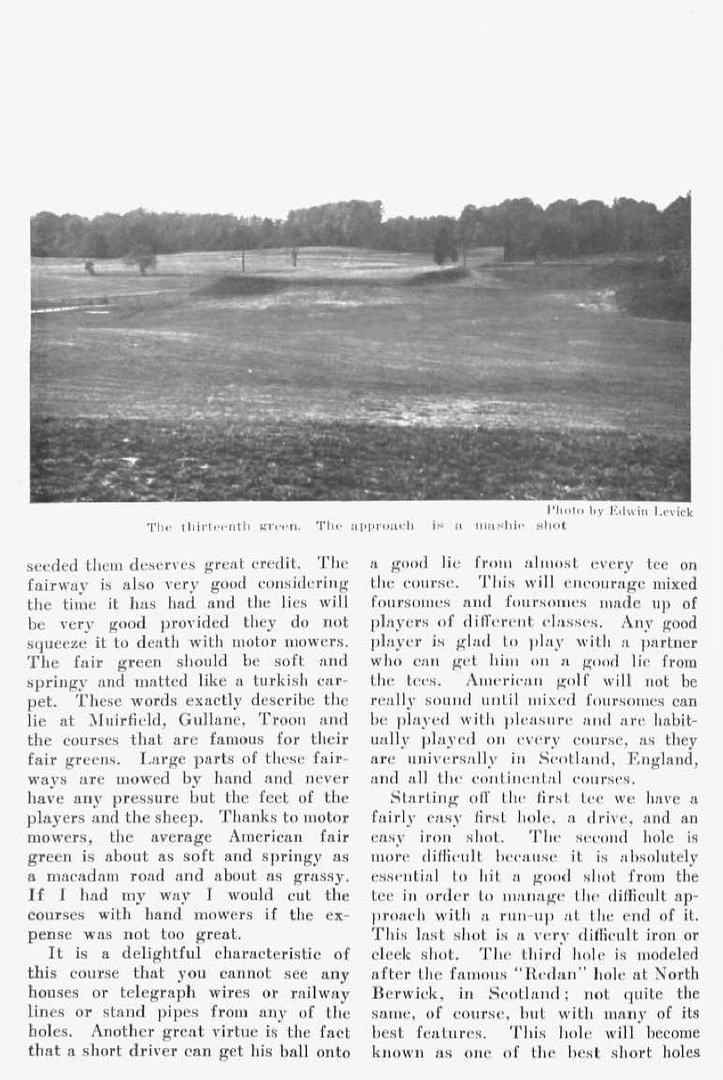
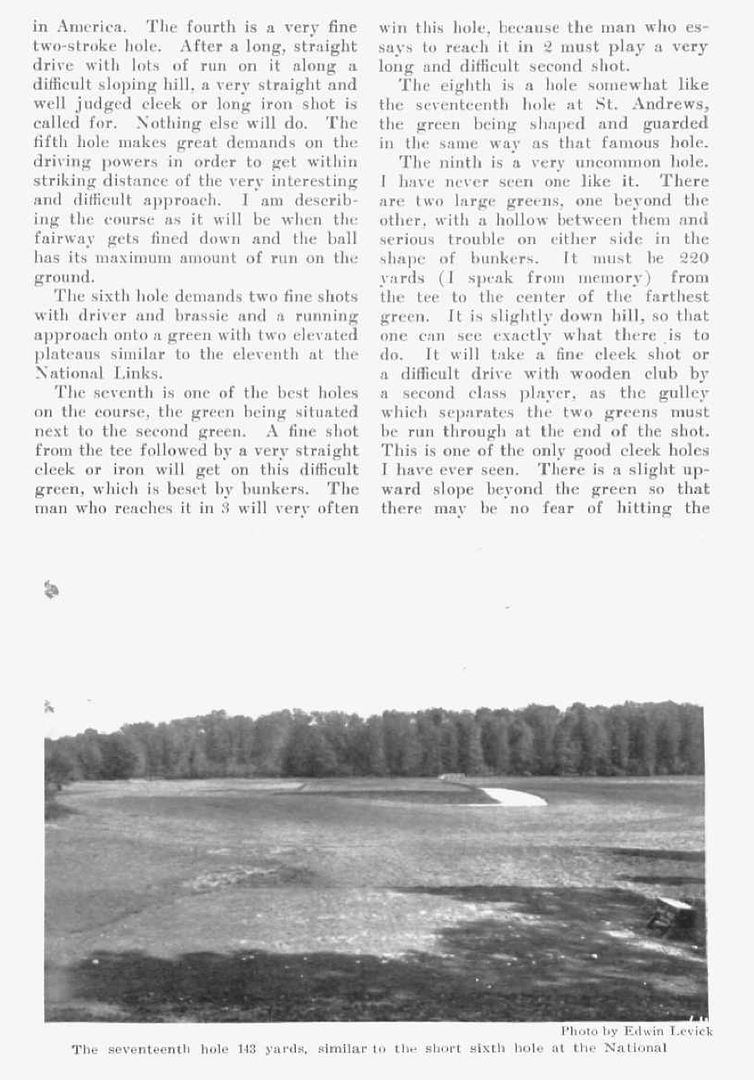
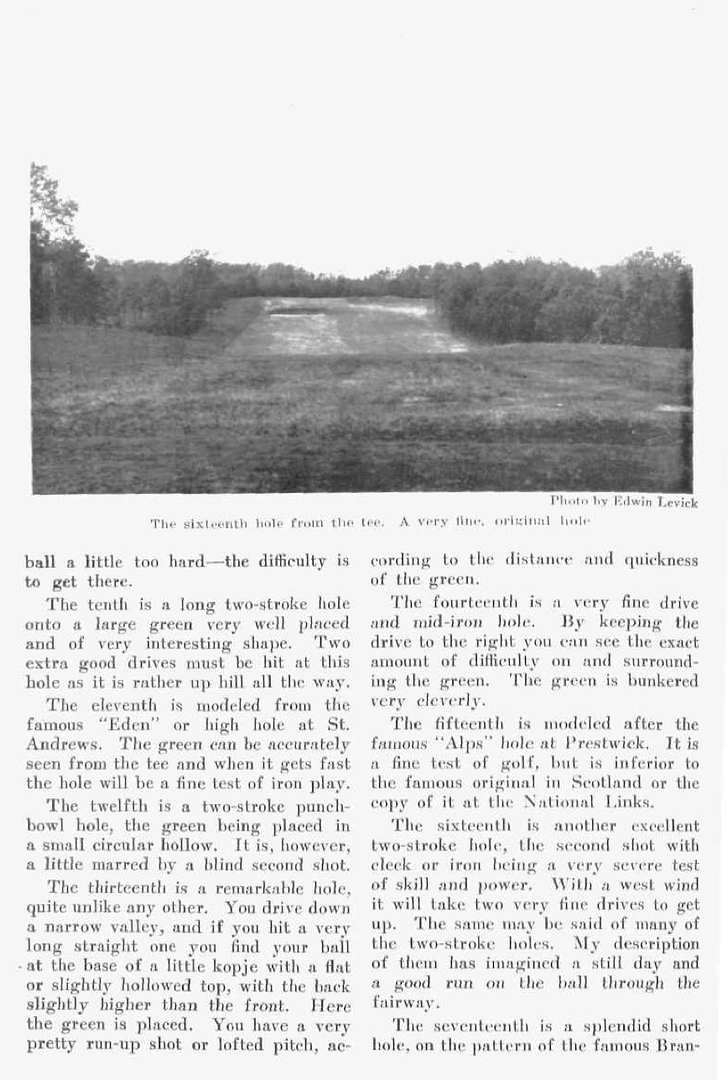
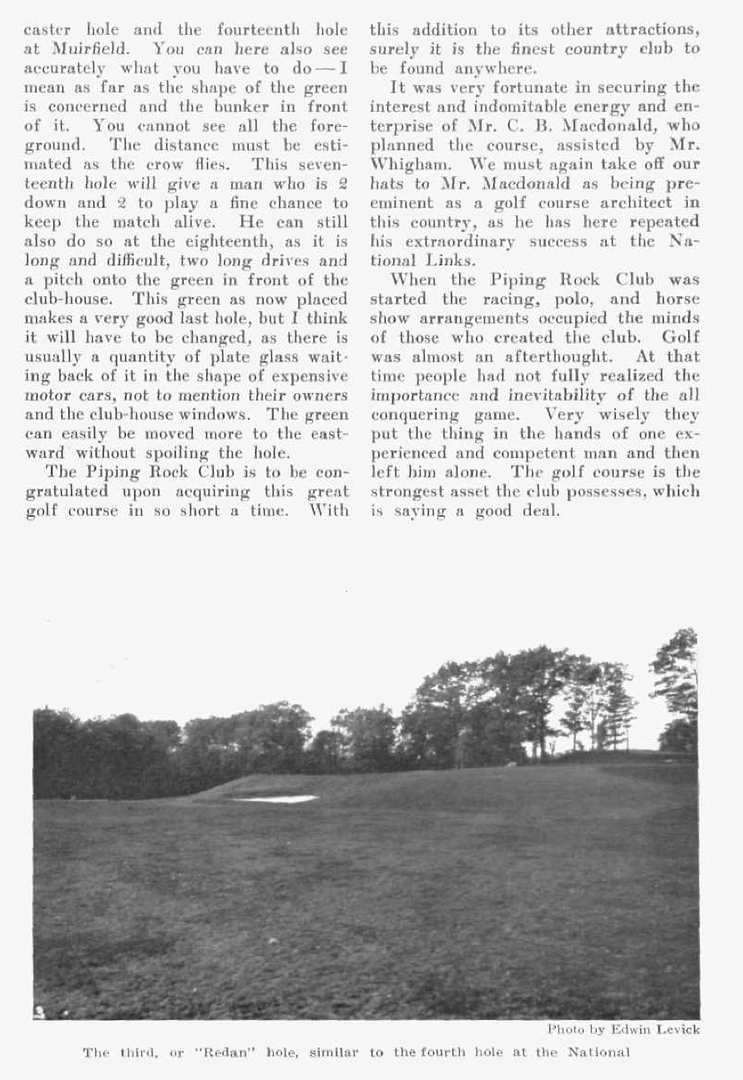 Sleepy Hollow Country Club
Sleepy Hollow Country Club (Scarborough, NY)
The timing for Sleepy Hollow closely mirrored that of Piping Rock, with the idea for the club being formulated in early 1911 or earlier, work starting thereafter and both courses opening for play in the Spring of 1913. And like Piping Rock, there were improvements made to the course in the first few years of its existence, work that most likely would have involved Raynor.
March 26, 1911 New York Times -
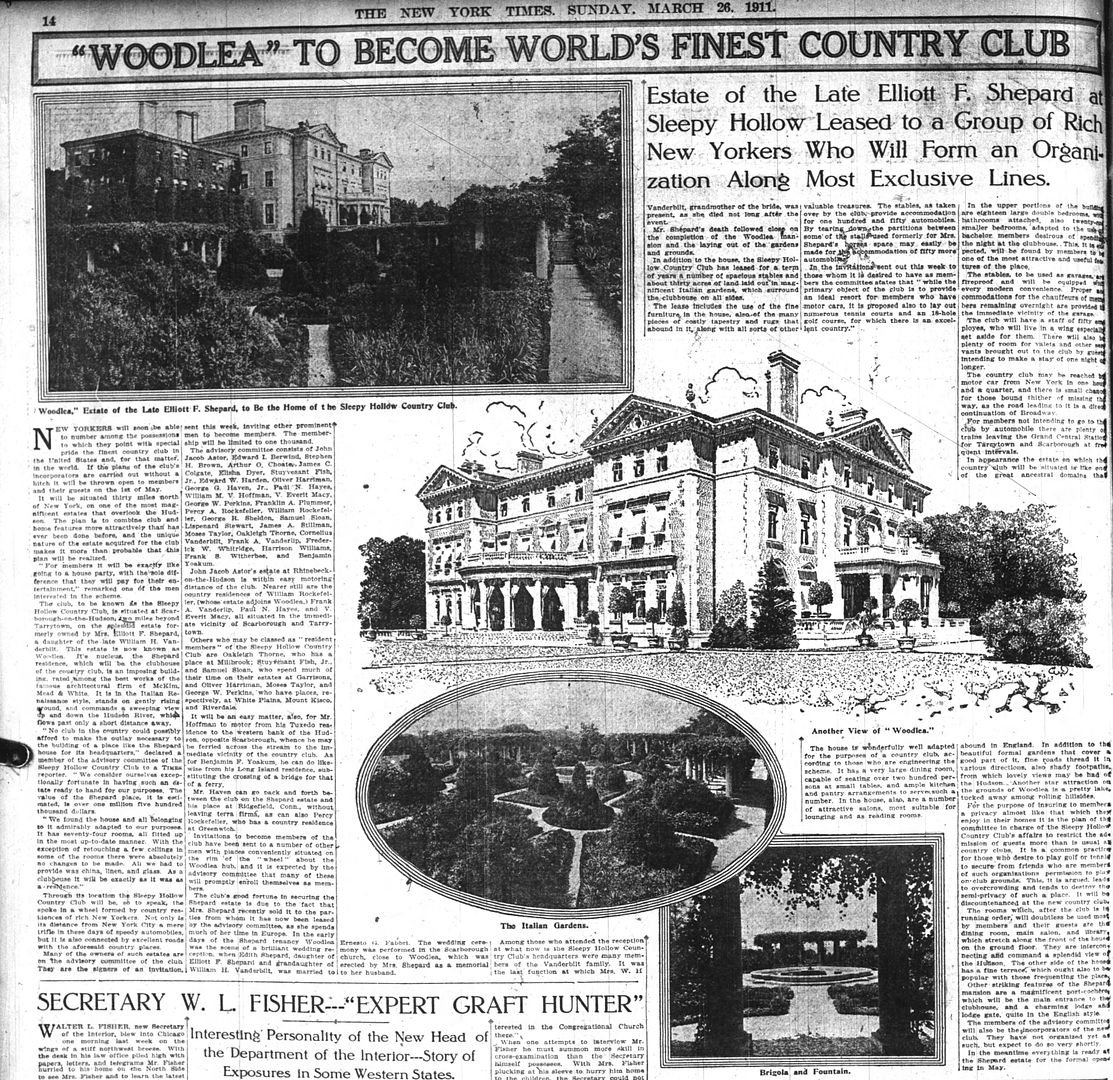
March 22, 1913 Times Union -
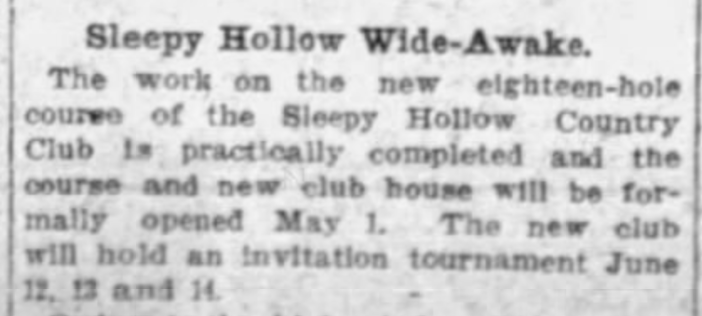
June 13, 1913 The Sun -

Feb. 9, 1915 Evening Telegram -

 St. Louis Country Club
St. Louis Country Club (St. Louis, MO)
Although the idea for a new course for SLCC may have predated the inception of both Piping Rock and Sleepy Hollow, I don't believe CBM and Raynor's involvement came until after those two projects were well underway.
Dec. 23, 1909 St. Louis Post-Dispatch -

Jan. 1914 Golf Magazine -
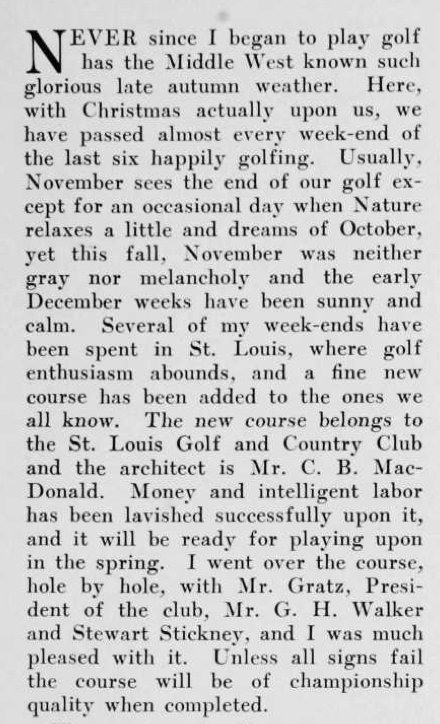
May 1919 Golfers Magazine -
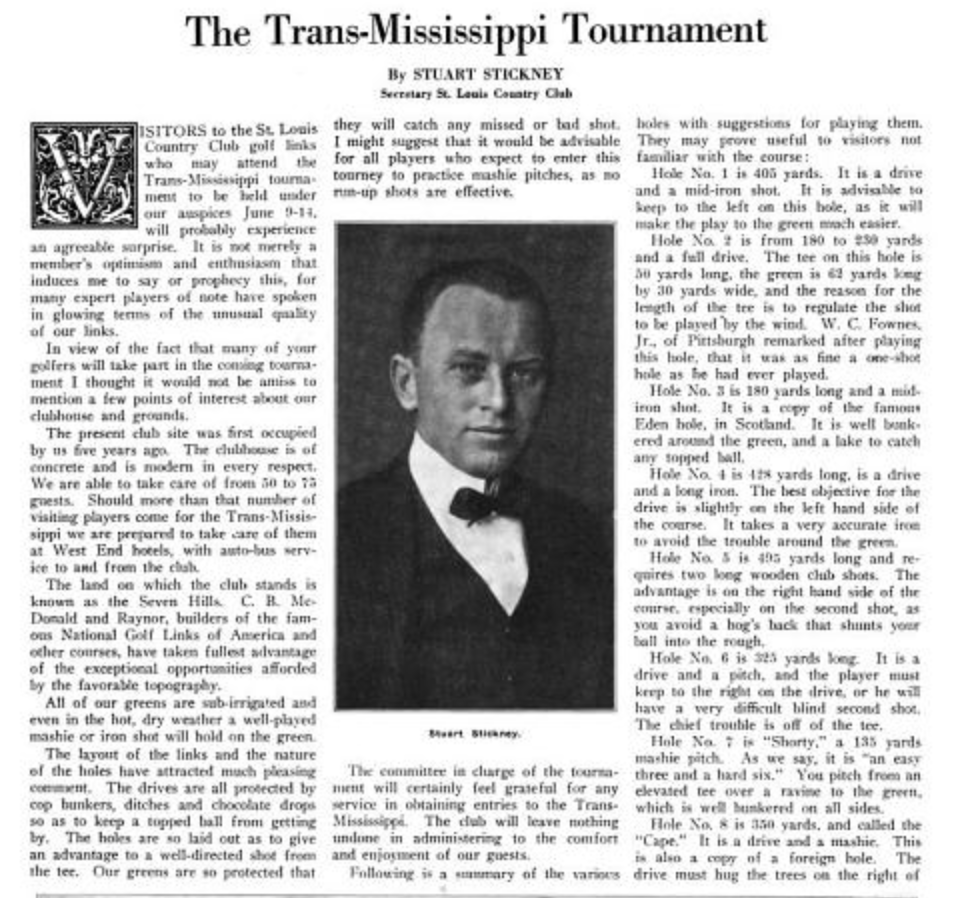
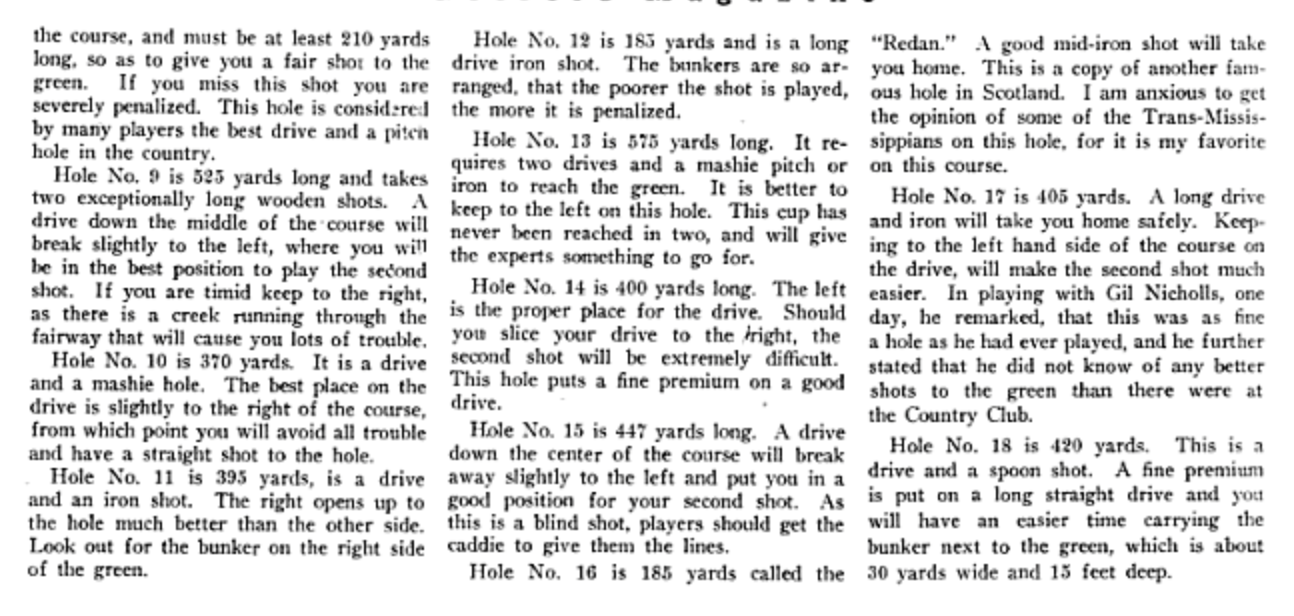
Two Scorecards, the first from 1926 and the second from a later date noting a longer course with the 5th hole being significantly stretched out and the name changed from Punchbowl to Algonquin.
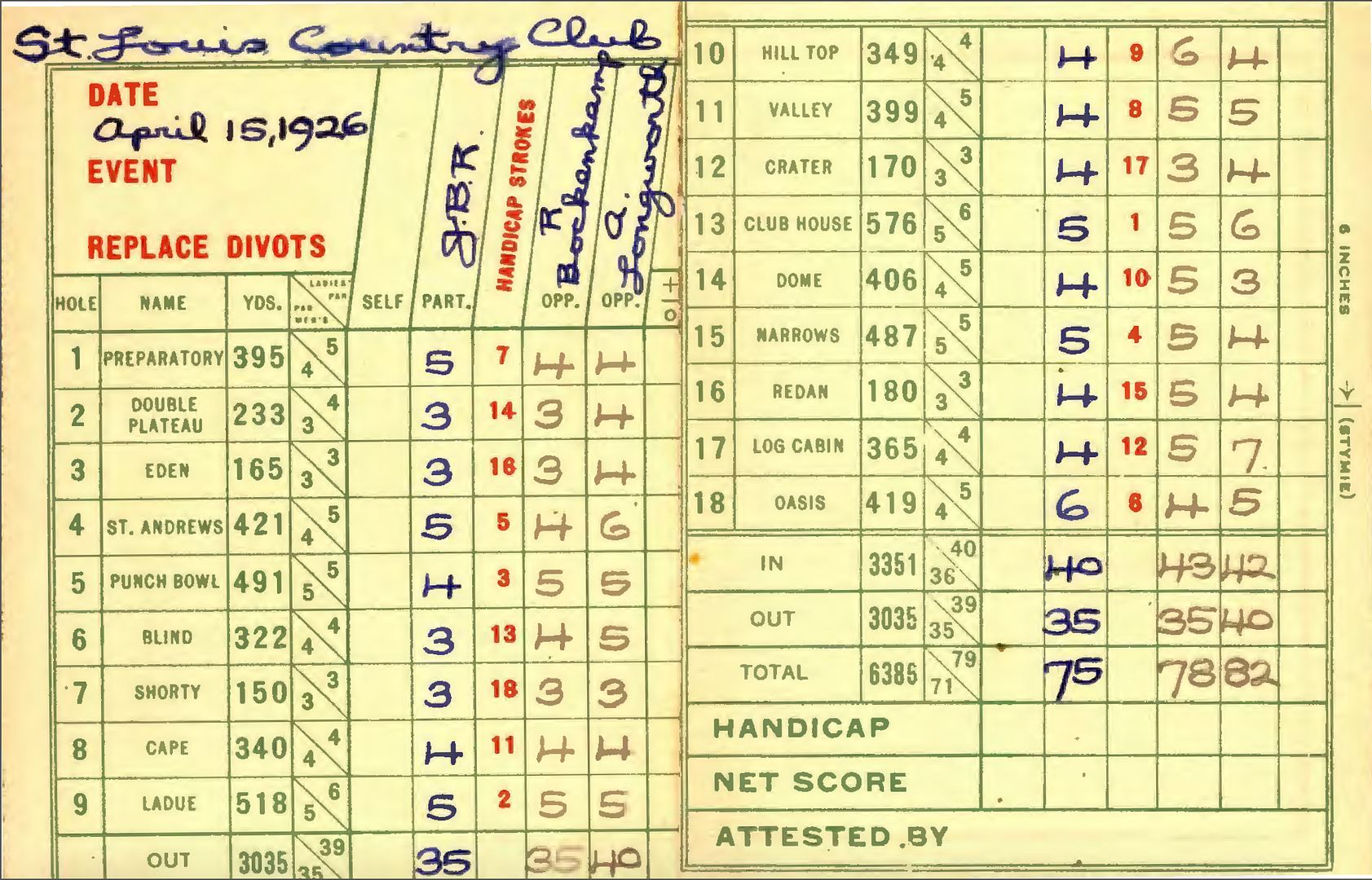
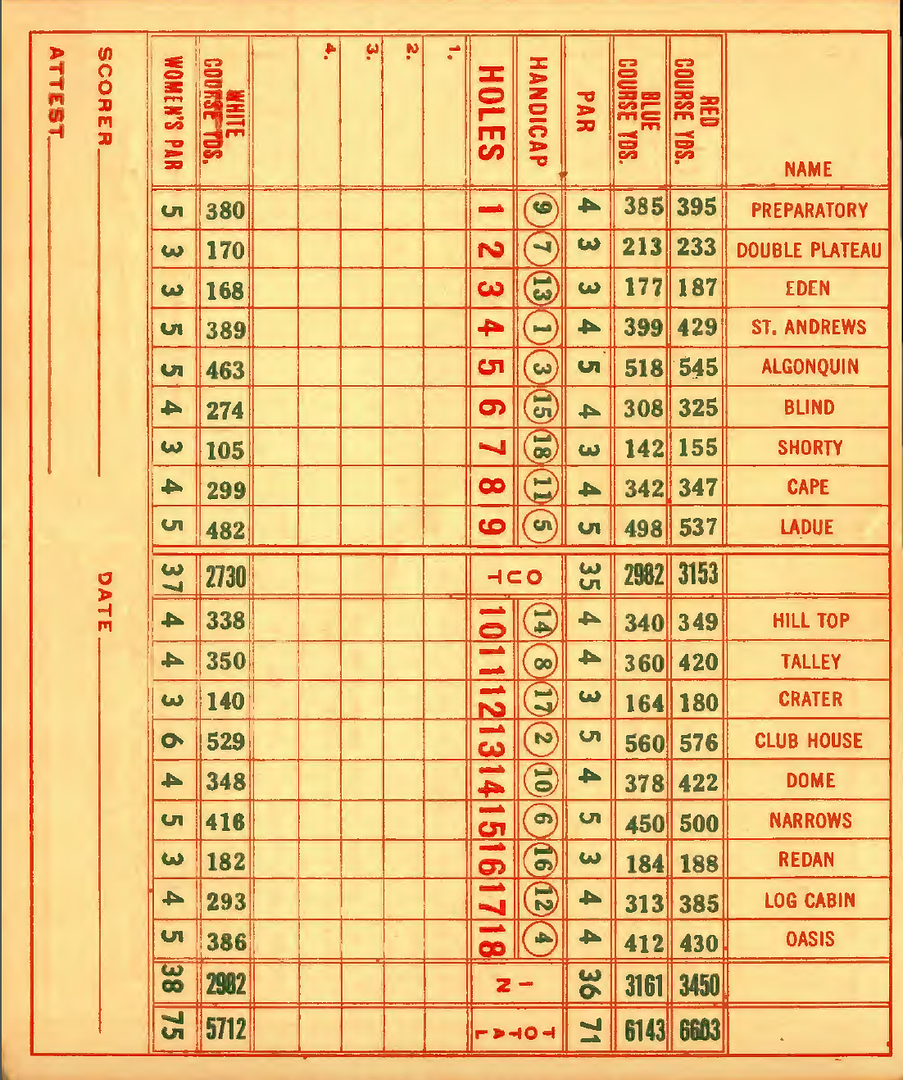 Forest Park Golf Course
Forest Park Golf Course (St. Louis, MO)
The articles below put Raynor in St. Louis in the middle of 1912. No surprise there, as he was working with CBM at St. Louis CC. But his involvement with the development of the 18 hole Forest Park Golf Course is of interest as this was, regardless of whether or not he did go on to supervise the construction of the course, his first solo endeavor as a golf architect.
Forest Park had a temporary 9 hole course by the time of the reports of Raynor's involvement on the permanent 18 hole course, and would eventually end up with 27 total holes. I have not seen anything that delineates which holes from those permanent and temporary courses ended up in the 18 hole or 9 hole routing or if they were ever mixed together.
June 14, 1912 St. Louis Post-Dispatch -

June 15, 1912 St. Louis Star and Times -

Scorecards for the 18 (from 1922) and 9 hole courses at Forest Park.
